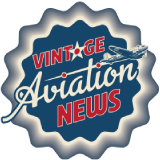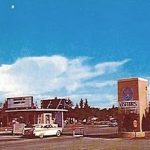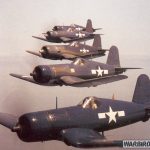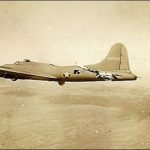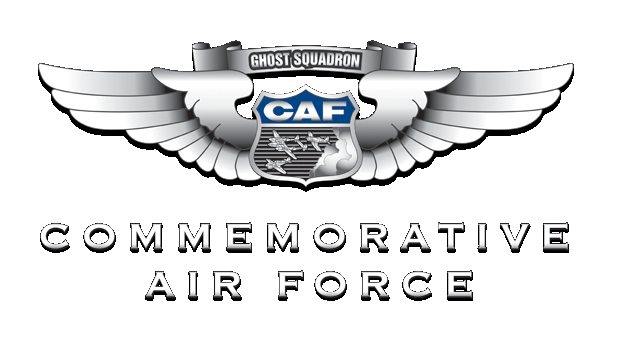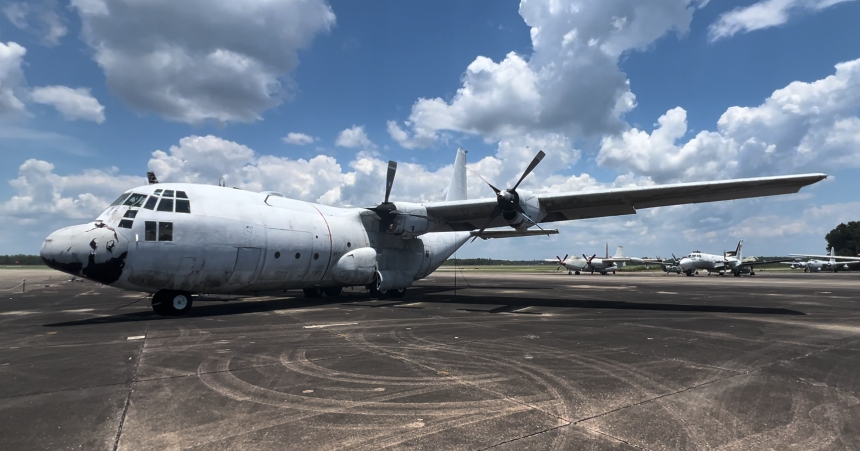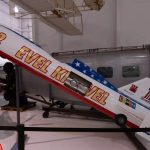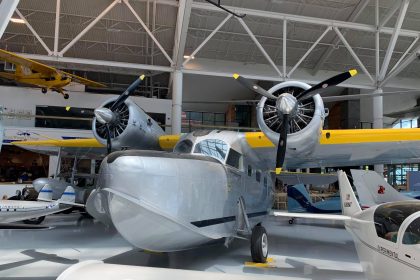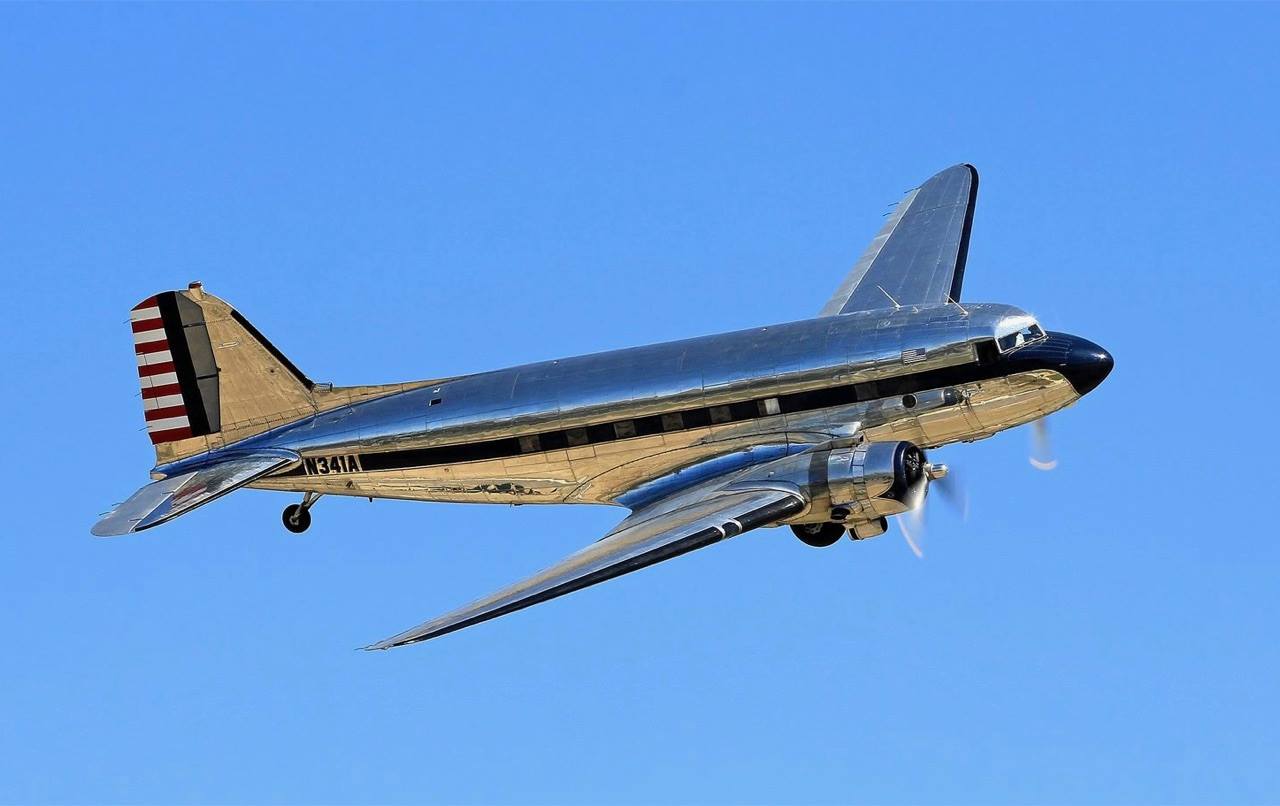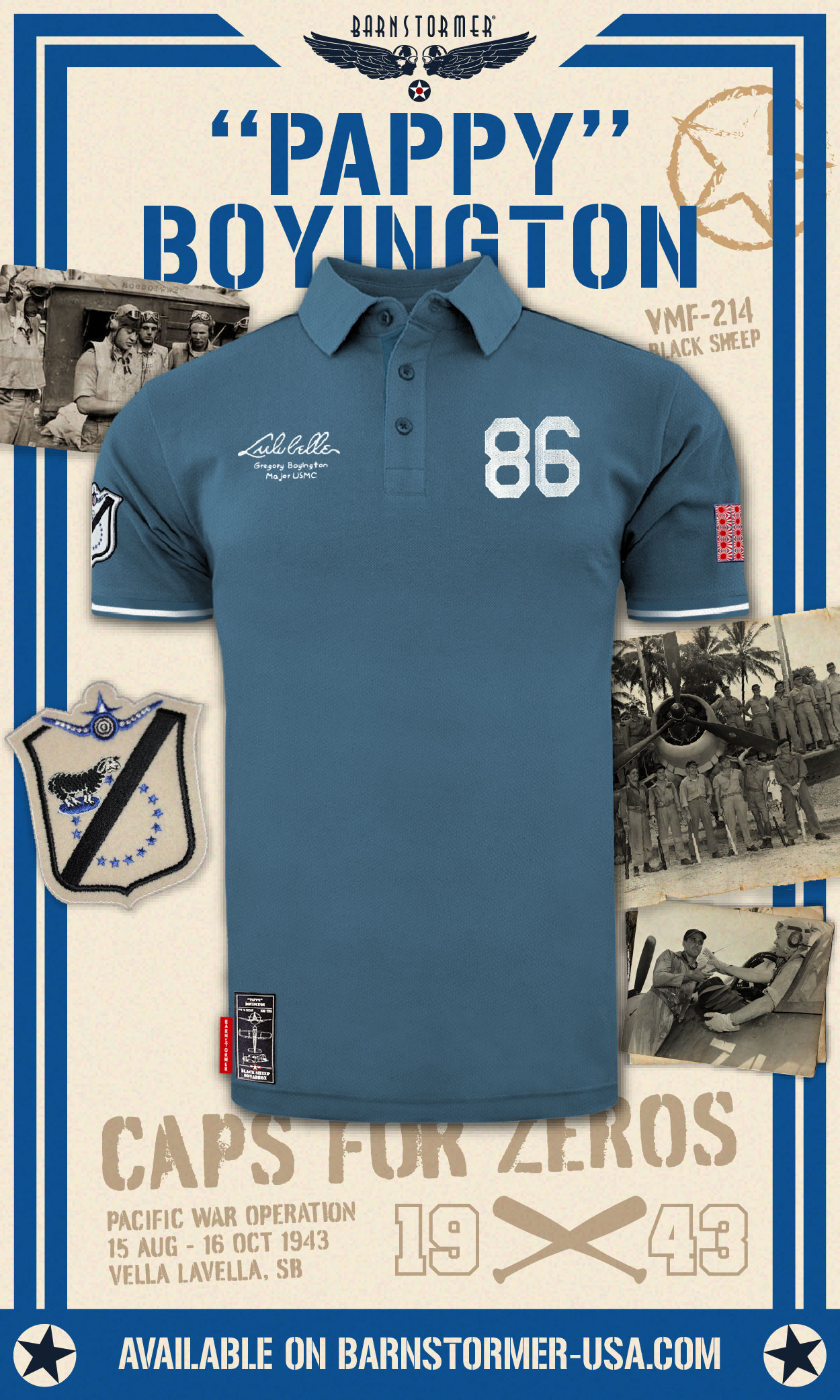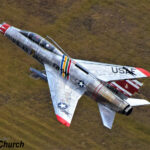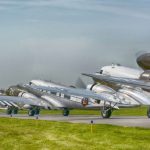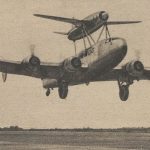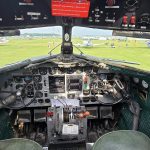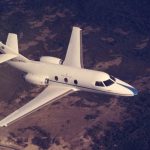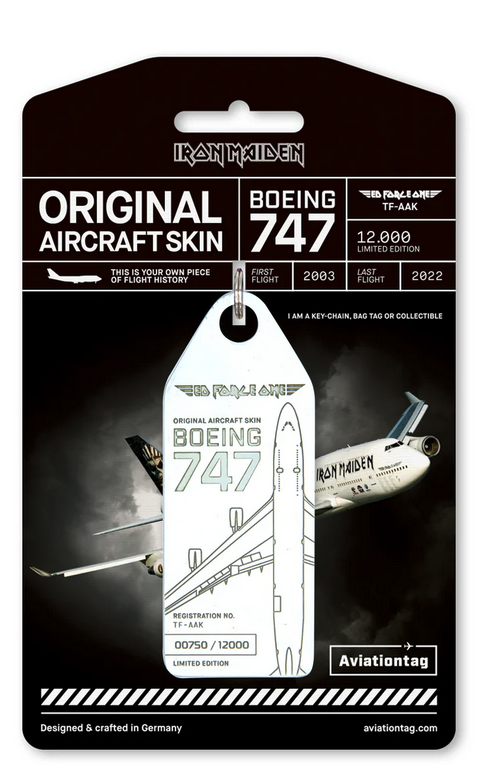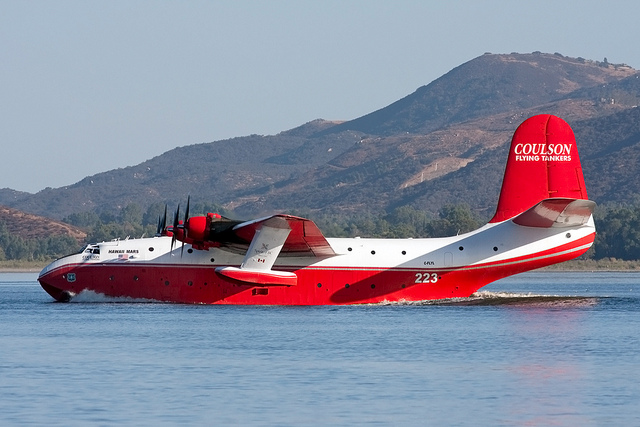During our recent visit to the National Naval Aviation Museum in Pensacola, we had the opportunity to interview Deputy Director Hill Goodspeed—you can read and watch the video [HERE]. On our way to the “Flight Line,” the outdoor ramp where large aircraft or those awaiting display assignments are kept, one airframe immediately caught our attention—not just for its size, but for its extraordinary story. While every aircraft in the museum has a story, some stand out due to their involvement in historic deployments, combat, or daring experimental missions. Such is the case with the KC-130F Hercules, Bureau Number 149798. At first glance, the number might not mean much—but this aircraft holds a unique place in naval aviation history. This particular Hercules was used in one of the most daring flight test programs ever attempted by the U.S. Navy: landing a four-engine turboprop tanker on an aircraft carrier. In 1963, the USS Forrestal (CVA-59) served as the testbed for this audacious operation. The goal was to evaluate the feasibility of using the Hercules as a Carrier Onboard Delivery (COD) platform—a concept that ultimately never moved forward, but not because of failure. Intrigued by this surviving aircraft and the story behind it, we dove into the U.S. Navy archives to learn more.

The Logistics Problem
By the early 1960s, the Navy faced a serious logistical gap: how to deliver large, heavy cargo to carriers operating far from land. The existing COD aircraft, the C-1A Trader, lacked both the range and the capacity to carry outsized payloads—like the J79 jet engine used by aircraft such as the A-5 Vigilante and F-4 Phantom. The proposed solution was bold: use the Lockheed KC-130F Hercules, a proven long-range cargo aircraft, to perform the COD role from aircraft carriers.
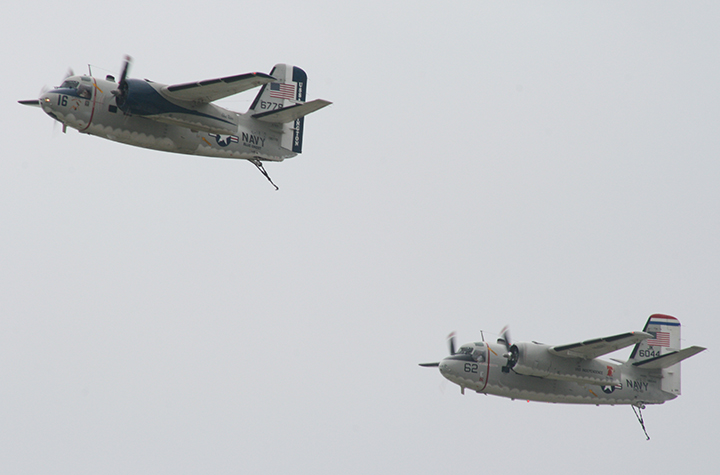
A Wild Idea Gains Traction
The concept originated at the Naval Air Test Center at NAS Patuxent River, Maryland. Skepticism ran high—even among those tasked with executing the plan. “I didn’t believe them,” recalled Aviation Machinist Mate First Class Ed Brennan, who would go on to serve as the aircraft’s flight engineer. “But I raised my hand to volunteer anyway. I had no idea what I was getting into.” The project team was led by Lieutenant James H. Flatley III, a newly minted test pilot with a background in carrier aviation. His crew included co-pilot Lieutenant Commander W.W. “Smokey” Stovall, Brennan, and Lockheed test pilot Ted H. Limmer, Jr.

Preparing the Aircraft and the Ship
KC-130F BuNo 149798 was borrowed from the U.S. Marine Corps and modified for the trials. The refueling pods were removed, a precision airspeed indicator installed, the antiskid braking system upgraded, and the nose gear hydraulics tweaked for better touchdown control. On the Forrestal, major preparations were also underway. Arresting wires were removed from the deck—since the Hercules would not use a tailhook. ABH2 John P. Reeves and a V-1 Division crew painted a broad white centerline across the flight deck from stern to bow to guide the pilots during landings.

First Flight Trials
The first phase of testing took place on October 30, 1963, off the Florida coast. Flying in 40-knot winds and heavy seas, the crew performed 19 touch-and-go landings over five and a half hours. The performance of the aircraft was encouraging—it handled well, and the idea of landing a C-130 on a carrier was beginning to look surprisingly feasible.

Making History
On November 8, 1963, the Forrestal, now off the coast of Massachusetts, was ready for full-stop landings. Approaching at just 79 knots—well below normal landing speed—Flatley set the aircraft down with precision, bringing it to a complete stop in just 270 feet. The Hercules then backed itself up using reverse thrust, stunning the deck crew used to pushing aircraft by hand or with tractors. Over the course of the trials, the team performed 29 touch-and-gos, 21 full-stop landings, and 21 unassisted takeoffs. Even at its maximum weight of 121,000 pounds, the KC-130 needed only 460 feet to land and 745 feet to take off. At one point, it landed just 150 feet from the stern and took off again from that very position. With a wingspan of 132 feet, the aircraft cleared the ship’s island by only 15 feet. Painted on the forward fuselage was a cheeky slogan: “LOOK MA, NO HOOK.”


The Aftermath and Legacy
Despite the success of the tests, the Navy concluded that using the Hercules as a COD platform wasn’t practical. The aircraft’s size limited deck operations, and tactical aircraft were removed from the flight deck during operations. But the feat remains unmatched. The Forrestal became the only aircraft carrier to ever launch and recover a C-130. Lieutenant Flatley received the Distinguished Flying Cross, while Stovall and Brennan were awarded the Air Medal. Flatley later rose to the rank of Rear Admiral and served as CEO of Patriot’s Point Naval and Maritime Museum. Brennan retired as a Chief Petty Officer with more than 7,000 flight hours, later working in the defense industry. The aircraft itself, BuNo 149798, was retired in 2005 and now proudly sits on display at the National Naval Aviation Museum.
A Legend That Lives On
Even today, the KC-130 carrier landings remain one of the most astonishing chapters in naval aviation history. As Flatley once said, “I am always running into people who say they were there—although I don’t recall seeing that many people on the deck.” What began as a crazy, borderline impossible idea ended up making history, and BuNo 149798 still stands as a monument to that legacy.

This original Lockheed Aircraft corporations video, published in 1963, documents a remarkable series of C-130 Hercules landings and takeoffs aboard the aircraft carrier USS Forrestal (CV-59). The daring trials were conducted by naval aviator Lieutenant James H. Flatley III, who was tasked with evaluating the feasibility of operating large cargo aircraft from aircraft carriers—a feat previously thought impossible.
Here is another original video filmed by U.S. Navy personnel aboard the USS Forrestal (CV-59). This angle highlights the C-130’s impressive short-field landing capabilities—using just 267 feet to land and 745 feet for takeoff. Considering the aircraft was designed for runways over 3,000 feet long, this was a truly remarkable achievement. You can clearly see the surprise and exhilaration of the Navy crew witnessing the event firsthand!
View this post on Instagram


